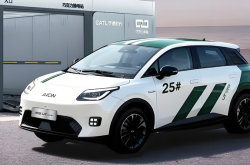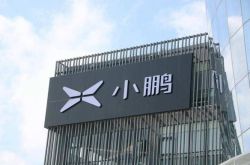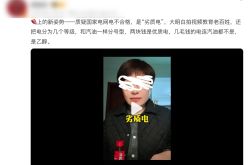Embracing the Pure Electric Drive Strategy for New Energy Vehicles
![]() 01/20 2025
01/20 2025
![]() 584
584
The China Association of Automobile Manufacturers has recently unveiled its automotive production and sales figures. In 2024, new energy vehicles (NEVs) saw production and sales figures reach 12.888 million and 12.866 million units, respectively, marking year-on-year increases of 34.4% and 35.5%. Notably, sales of new NEVs accounted for 40.9% of total new vehicle sales, up 9.3 percentage points from the previous year. Among these, pure electric vehicles (BEVs) held a 60% share, a decrease of 10.4 percentage points, while plug-in hybrid sales (PHEVs) accounted for 40%, an increase of 10.4 percentage points.
The Association views the rapid growth of PHEVs as a new impetus for the NEV sector.

However, some critics argue that the significant rise in the proportion of PHEVs (including extended-range models) among NEVs is not favorable. Both PHEVs and extended-range models rely on fuel, and the decline in BEV sales is seen as a misalignment with China's strategic direction of prioritizing pure electric drive for NEVs and making BEVs the mainstream.
Why does China adhere to the pure electric drive strategy?
In a past interview with BYD President Wang Chuanfu, he explained that while Western countries prioritize environmental factors in NEV development, China's focus is more on oil security.
China's national conditions are marked by a scarcity of oil and gas but an abundance of coal and electricity. The daily peak-to-valley power difference alone exceeds 1 billion kWh (based on over a decade-old data), sufficient to meet the charging needs of 40 million BEVs. Utilizing off-peak power for charging not only avoids the need for new power generation capacity but also reduces fossil fuel emissions, making it a highly beneficial approach.
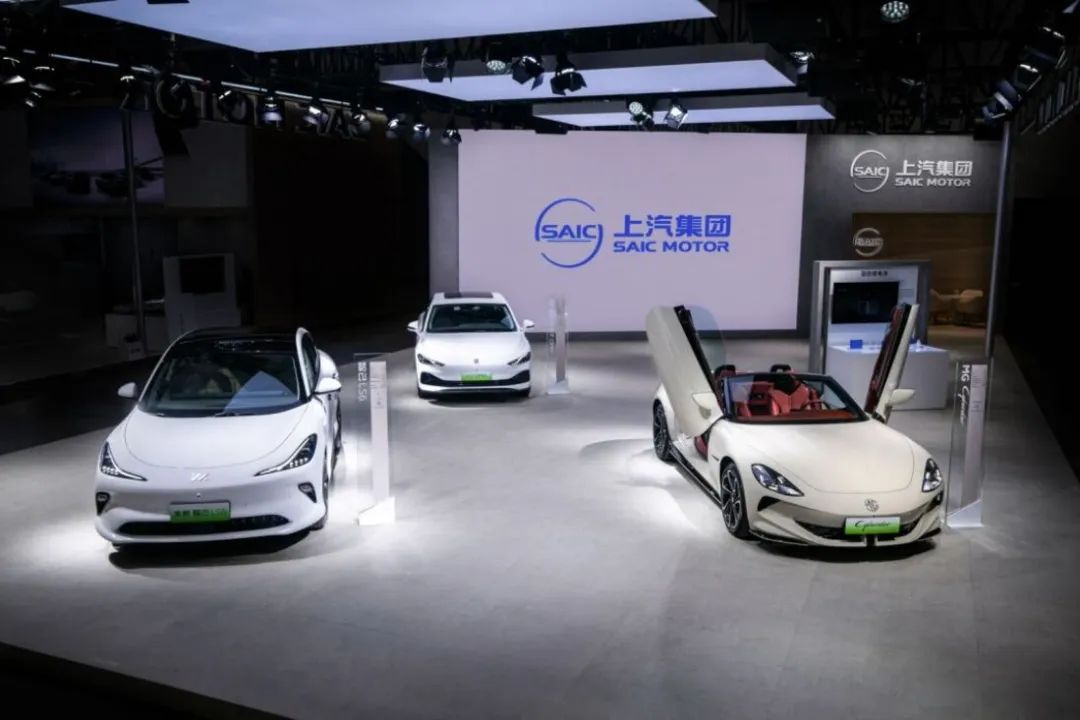
As early as July 21, 2014, the General Office of the State Council issued the "Guiding Opinions on Accelerating the Promotion and Application of New Energy Vehicles," emphasizing the implementation of a national NEV development strategy with pure electric drive as the primary strategic orientation. The focus was on BEVs, PHEVs (including extended-range models), and fuel cell vehicles.
The encouragement for PHEVs (including extended-range models) was primarily due to the limited driving range of BEVs and the incomplete charging infrastructure at that time. PHEVs could use electricity for short distances and fuel for long distances, alleviating consumers' range anxiety. However, China's commitment to the pure electric drive strategy remains unwavering.
In 2020, with the approval of the State Council, the General Office of the State Council issued the "New Energy Vehicle Industry Development Plan (2021-2035)." Section 3 on Development Vision clearly states that over 15 years, China aims to achieve internationally advanced levels in core NEV technologies, with quality brands possessing strong international competitiveness. BEVs will become the mainstream of newly sold vehicles, all public sector vehicles will be fully electrified, fuel cell vehicles will achieve commercial application, highly autonomous vehicles will see large-scale application, the charging and battery swapping service network will be convenient and efficient, the construction of hydrogen fuel supply systems will progress steadily, effectively promoting energy conservation, emission reduction, and enhancing social operational efficiency.
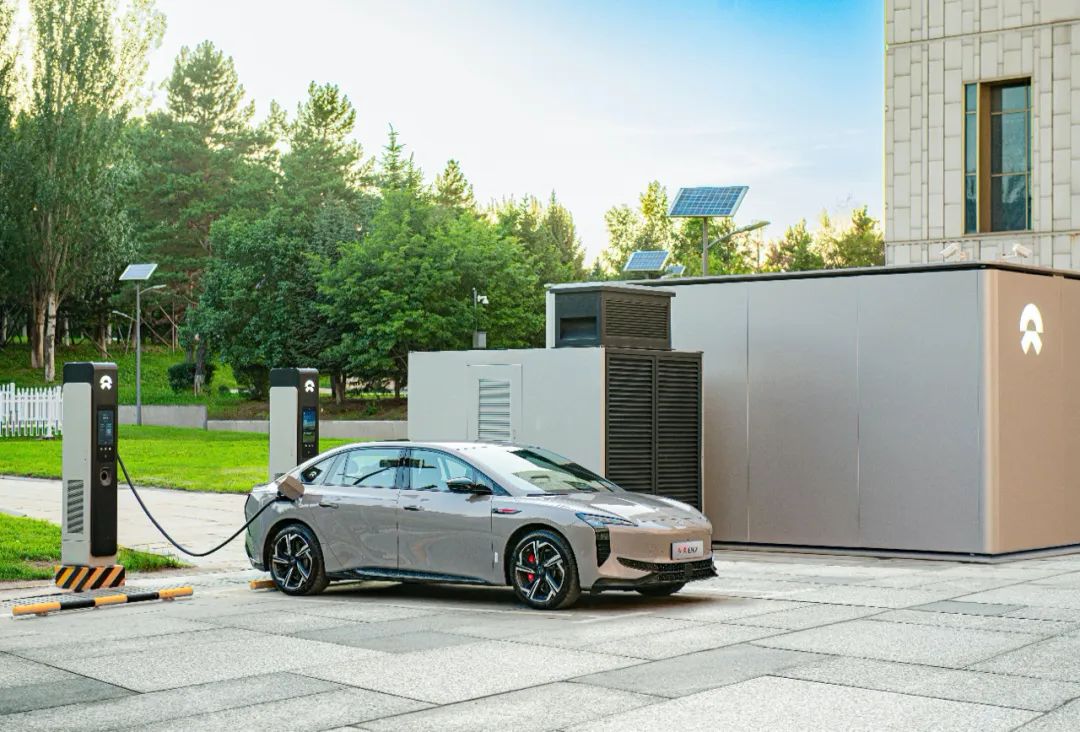
Timely Adjustment of Preferential Policies for PHEVs and Extended-Range Models
Statistics reveal that in 2022, sales of BEVs reached 5.3531 million units, accounting for 77.73% of NEV sales. Sales of PHEVs (including extended-range models) amounted to 1.5158 million units, representing 22.01% of NEV sales.
Over the past two years, favorable market prospects have prompted automakers to introduce PHEV and extended-range models. Sales of these models have surged, accounting for 40% in 2024, while the share of BEVs has notably declined.
Under current regulations, BEVs, PHEVs, and extended-range models all benefit from preferential vehicle purchase tax policies. The vehicle purchase tax constitutes nearly 10% of a car's selling price, making significant savings possible with NEV purchases. However, this has led to some exploiting policy loopholes.
During rides with NEV-based ride-hailing services, I often interview drivers to understand their perspectives on using NEVs. A common complaint from BEV drivers is false advertising regarding driving range. On the other hand, PHEV drivers rarely charge their vehicles and essentially use them as conventional fuel vehicles.
In Beijing, I have taken rides with a well-known PHEV ride-hailing service where the pure electric driving range is only 55 kilometers, and only slow charging is available. One driver drove 100,000 kilometers in a year and charged only twice, while another drove the same distance but charged 10 times. Even if a single charge can drive 50 kilometers, the first driver's fuel usage ratio is 99.99%, with an electricity usage ratio of 0.001. The second driver's fuel usage ratio is 99.95%, with an electricity usage ratio of 0.005. During a business trip in Shaoxing, I spoke with a ride-hailing driver who mentioned that PHEVs there are primarily used as fuel vehicles and are rarely charged.
These PHEVs that are never charged enjoy preferential vehicle purchase tax but contribute minimally to reducing fuel consumption.
Recently, extended-range models have gained popularity, but many car owners report that they consume more fuel than conventional fuel vehicles on highways.
Some experts suggest that for vehicle models carrying the NEV banner but contributing little to energy conservation and emission reduction, the country should adjust preferential policies accordingly to close policy loopholes. (End)

